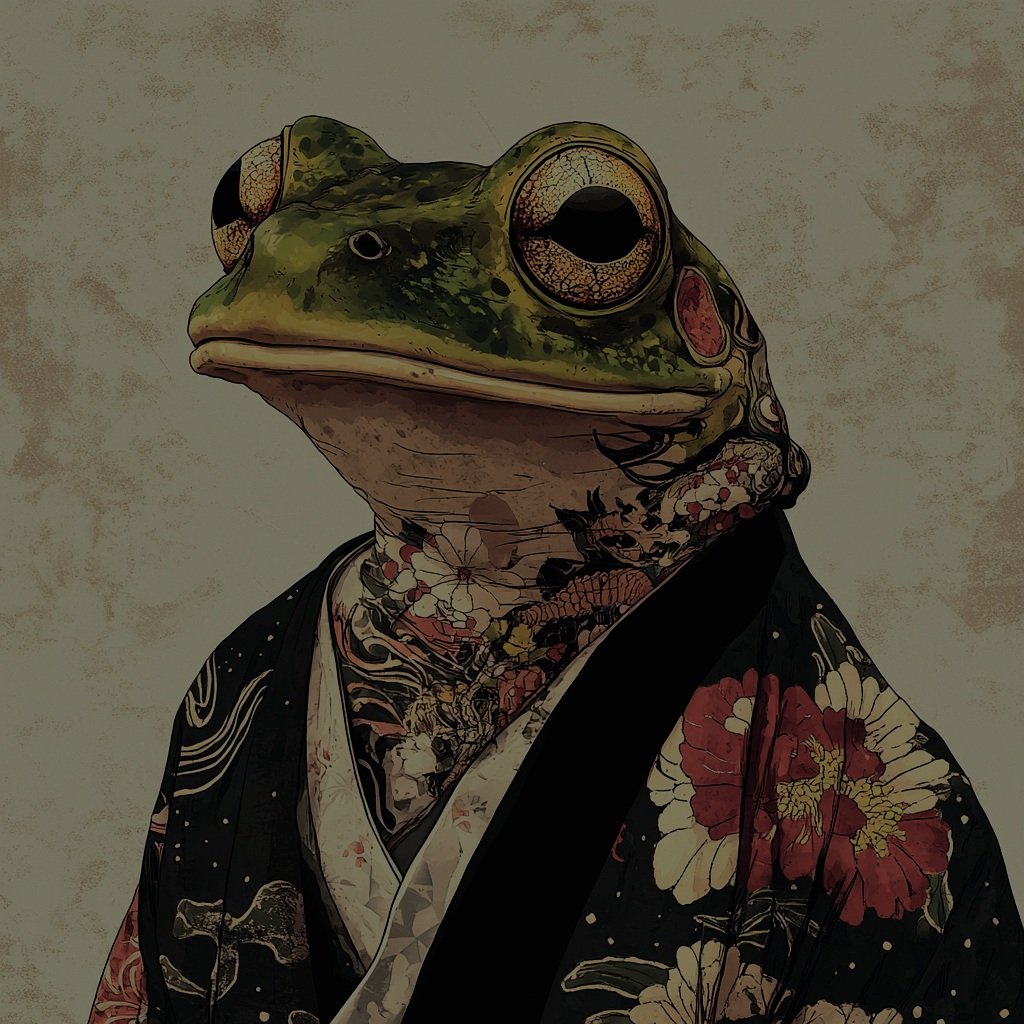
alchemy tattoo collective news and events. Tattoo flash sales, friday the 13th, and more!
*
alchemy tattoo collective news and events. Tattoo flash sales, friday the 13th, and more! *
The Biological Process of Tattoo Healing: Why Tattoos Fade and Blur Over Time
Find out how tattoos heal and why they fade or blur over time. Learn the science of tattoo healing, fading, and aftercare from Alchemy Tattoo Collective in St. Louis.
The Art of Fine Line Tattoos: Tiny Details, Big Impact
Fine line tattoos are the quiet overachievers of the tattoo world—subtle, elegant, and packed with insane levels of detail. If bold, heavy outlines and in-your-face designs aren’t your thing, fine line tattoos might just be your soulmate in ink form. Think of them as the whisper that gets more attention than the shout.
Unlike traditional tattoos that rely on thick outlines, fine line work is all about precision. Using a single needle or a tight grouping, these designs create crisp, intricate images that look like they were sketched directly onto your skin. It’s a technique that requires a steady hand, patience, and an artist who knows how to make every line count—something our team at Alchemy Tattoo Collective in St. Louis has mastered.
While fine line tattoos are a great choice for their refined aesthetic, if you're new to the tattoo world, we always encourage exploring different styles. Some designs hold up better over time or allow for greater artistic expression. Not sure which direction to take? Our artists can help guide you toward a style that best fits your vision.
-
January 2026
1
- Jan 1, 2026 Is It Normal?The Ultimate Guide to Tattoo Healing (and When to Call Us) Jan 1, 2026
-
December 2025
2
- Dec 28, 2025 South City Location Update Dec 28, 2025
- Dec 8, 2025 Does Your Old Tattoo Need a Cover Up or Laser Removal? Dec 8, 2025
-
November 2025
1
- Nov 20, 2025 Curated Piercings: How Do You Go From Mismatched Studs To A Cohesive Ear? Nov 20, 2025
-
October 2025
1
- Oct 10, 2025 Tattoo Etiquette 101: What Your Artist Wishes You Knew Oct 10, 2025
-
September 2025
3
- Sep 9, 2025 How Long Do Tattoos Take to Heal A Week-by-Week Healing Guide Sep 9, 2025
- Sep 4, 2025 Spooky Tattoo Party in St. Louis – Celebrate 10 Years of Alchemy Tattoo Collective Sep 4, 2025
- Sep 2, 2025 Piercing Aftercare Made Simple: A 7-Day Healing Timeline for a Trouble-Free Recovery Sep 2, 2025
-
August 2025
4
- Aug 26, 2025 Can You Go to the Gym After Getting Tattooed? Aug 26, 2025
- Aug 19, 2025 Can You Get Tattooed While Pregnant or Breastfeeding? Aug 19, 2025
- Aug 12, 2025 Cybersigilism to Color Comebacks: 9 Tattoo Styles Owning 2025 Aug 12, 2025
- Aug 3, 2025 The Biological Process of Tattoo Healing: Why Tattoos Fade and Blur Over Time Aug 3, 2025
-
July 2025
1
- Jul 26, 2025 Is Getting Tattooed on Your Period Really More Painful? Jul 26, 2025
-
June 2025
3
- Jun 23, 2025 New Permanent Makeup Services Now Available with Nicole in St. Louis Jun 23, 2025
- Jun 6, 2025 Friday the 13th, St. Louis 2025 Jun 6, 2025
- Jun 3, 2025 Visibility and Community: Pride Stories from Our Tattoo Studio Jun 3, 2025
-
May 2025
1
- May 10, 2025 Tattoo Pricing in St. Louis: Comprehensive Guide to Costs and Factors May 10, 2025
-
March 2025
2
- Mar 20, 2025 Tattoo Trend: Postage stamps Mar 20, 2025
- Mar 19, 2025 Not Just luck - The Raffle Mar 19, 2025
-
February 2025
4
- Feb 21, 2025 Not Just luck - tattoos for a cause Feb 21, 2025
- Feb 18, 2025 Top Tattoo Artists Visiting St. Louis Feb 18, 2025
- Feb 8, 2025 Introducing Our New Piercing Services Feb 8, 2025
- Feb 5, 2025 Your New Sunday Ritual: Walk-in Tattoos at Alchemy Feb 5, 2025
-
January 2025
2
- Jan 31, 2025 The Art of Fine Line Tattoos: Tiny Details, Big Impact Jan 31, 2025
- Jan 27, 2025 💕 Valentine’s & Palentine’s Flash Event + Piercing Special 💕 Jan 27, 2025
-
November 2024
4
- Nov 26, 2024 Designing Your Perfect Tattoo Nov 26, 2024
- Nov 19, 2024 Friday the 13th Winter Solstice Flash Event Nov 19, 2024
- Nov 11, 2024 Private Tattoo Events Nov 11, 2024
- Nov 2, 2024 2nd Annual Mental Wellness Flash Fundraiser Nov 2, 2024
-
October 2024
2
- Oct 9, 2024 Halloween Haunt Fest Oct 9, 2024
- Oct 5, 2024 What's your tattoo style? Oct 5, 2024
-
September 2024
1
- Sep 6, 2024 $130 Friday the 13th Tattoos Sep 6, 2024
-
July 2024
1
- Jul 9, 2024 Tattoo Therapy Jul 9, 2024
-
March 2024
1
- Mar 26, 2024 Art for Autism Mar 26, 2024
-
February 2024
2
- Feb 21, 2024 Alchemy Tattoo Expands: Introducing Our Second Location in South City! Feb 21, 2024
- Feb 10, 2024 Ink on Demand: Alchemy Tattoo Opens its Doors to Walk-Ins! Feb 10, 2024
-
August 2023
1
- Aug 10, 2023 We're MOVING to the Central West End! Aug 10, 2023
-
March 2023
1
- Mar 9, 2023 Alchemy on TV! Mar 9, 2023
-
January 2023
1
- Jan 13, 2023 Sarz Fundraiser Jan 13, 2023
-
November 2022
1
- Nov 9, 2022 SUPPORT THE MATRIARCHY Nov 9, 2022
-
August 2022
1
- Aug 8, 2022 Help Us Help Others Aug 8, 2022
-
August 2021
1
- Aug 31, 2021 In the News Aug 31, 2021
-
February 2021
1
- Feb 16, 2021 Covid-19 Precautions Feb 16, 2021
-
June 2020
1
- Jun 14, 2020 Farewell Justine! Jun 14, 2020
-
February 2019
1
- Feb 14, 2019 5 Portfolio Tips To Get A Tattoo Apprenticeship Feb 14, 2019
-
September 2018
1
- Sep 26, 2018 ATC is Moving Sep 26, 2018
-
July 2018
2
- Jul 11, 2018 Friday the 13th ONLINE Flash Sale Jul 11, 2018
- Jul 2, 2018 Artist Updates Jul 2, 2018
-
April 2018
2
- Apr 23, 2018 Apprentice Model Contest Apr 23, 2018
- Apr 9, 2018 How To Get A Tattoo Apprenticeship Apr 9, 2018
-
March 2018
1
- Mar 31, 2018 Why You Should Leave Your Family at Home for Your Tattoo Mar 31, 2018
-
January 2018
1
- Jan 22, 2018 $30 TATTOOS Jan 22, 2018
-
October 2017
1
- Oct 4, 2017 The Alchemy of Earth Alchemy Tattoo Oct 4, 2017
-
July 2017
1
- Jul 14, 2017 Enter To Win A Free Tattoo! Jul 14, 2017
-
June 2017
2
- Jun 27, 2017 It's a Girl... and a Boy!! Jun 27, 2017
- Jun 4, 2017 Guest Artist, Josh Goor Jun 4, 2017
-
May 2017
1
- May 3, 2017 Guest Piercer, Cat May 3, 2017
-
November 2016
1
- Nov 4, 2016 Riverfront Times Cover! Nov 4, 2016
-
October 2016
1
- Oct 12, 2016 How to Avoid Common Mistakes When Getting Your First Tattoo Oct 12, 2016
-
August 2016
1
- Aug 15, 2016 -Aaron Wall has joined your party! Jake Bailey has left your party- Aug 15, 2016
-
June 2016
1
- Jun 4, 2016 Win a FREE tattoo fade! Jun 4, 2016
-
April 2016
1
- Apr 23, 2016 River Front Times feature & the hunt for a new team member. Apr 23, 2016
-
January 2016
1
- Jan 24, 2016 Artist Spotlight: Valencia, Cammeron, and Susie Jan 24, 2016
-
December 2015
3
- Dec 29, 2015 Magazine Features, Sign Painting, and the New Year. Dec 29, 2015
- Dec 17, 2015 Cammeron Damnit, Tea Cups, and Dream Creatures. Dec 17, 2015
- Dec 10, 2015 Print Bazaar, Gift Certificates, and Jaguars. Dec 10, 2015
Archive
- January 2026
- December 2025
- November 2025
- October 2025
- September 2025
- August 2025
- July 2025
- June 2025
- May 2025
- March 2025
- February 2025
- January 2025
- November 2024
- October 2024
- September 2024
- July 2024
- March 2024
- February 2024
- August 2023
- March 2023
- January 2023
- November 2022
- August 2022
- August 2021
- February 2021
- June 2020
- February 2019
- September 2018
- July 2018
- April 2018
- March 2018
- January 2018
- October 2017
- July 2017
- June 2017
- May 2017
- November 2016
- October 2016
- August 2016
- June 2016
- April 2016
- January 2016
- December 2015


